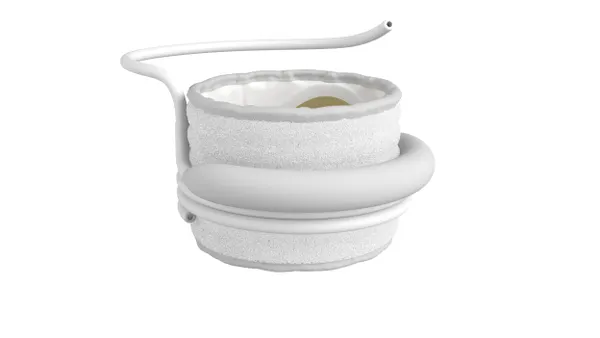Dive Brief:
- Medical device sterilizers will face new limits on ethylene oxide emissions and new requirements for worker protection, according to a pair of proposals issued by the Environmental Protection Agency on Tuesday.
- The new limits are part of a broader series of actions by the agency to reduce exposure to the chemical, which it said can increase cancer risks over the course of a career or a lifetime.
- Companies will have 18 months to install the required pollution controls after the EPA issues a final rule. Medical device trade groups have claimed that too-stringent requirements could limit patients’ access to medical devices.
Dive Insight:
Ethylene oxide (EtO) is a clear gas used to sterilize medical devices. Long-term exposure to the chemical is linked to health problems, including increased cancer risks, according to the EPA. The agency issued a pair of proposals that it expects will reduce EtO emissions from commercial sterilization facilities by 80% per year.
One proposed rule would seek to bring the concentration of EtO used to sterilize medical devices down to 500 milligrams per liter for each cycle. Some facilities have reduced their emissions, but others use up to twice as much as needed for sterility assurance, said Anita Pease, director of the EPA’s Antimicrobials Division, in a Tuesday press briefing.
The goal is to ensure all 86 commercial sterilizers meet the new requirements. Pease did not say how many facilities would still need to come into compliance. Facilities will be required to use advanced monitoring to ensure pollution controls are working and report their results to the EPA twice a year.
The agency also issued a proposed interim decision to increase protections for people working in these facilities and living in nearby communities. Those measures include engineering controls, such as emissions capture technology, to reduce worker exposure, and requiring that staff wear protective equipment when EtO is detected. It would also reduce the amount of EtO that may be applied for medical device sterilization while meeting standards for sterility assurance.
The EPA has been preparing to ramp up regulation of EtO. Last year, the regulator implemented new reporting requirements for 31 facilities that use EtO to sterilize medical devices, and it published a list of higher-risk sterilization facilities based on a person’s lifetime cancer risk in residential areas near these facilities.
Last week, the agency also proposed tougher standards for chemical plants that make ethylene oxide.
Trade groups representing medical devices have pushed back on new requirements. In January, Advamed wrote to President Joe Biden, warning that “the closure of even a small percentage of facilities could harm patient access to health care.”
About 20 billion medical devices are sterilized each year using EtO at about 100 facilities, the trade group wrote.
Medical device sterilizers have also faced lawsuits related to EtO exposure. In January, Sterigenics agreed to pay $408 million to settle more than 870 ethylene oxide cases related to alleged emissions from its former facility in Willowbrook, Illinois.










